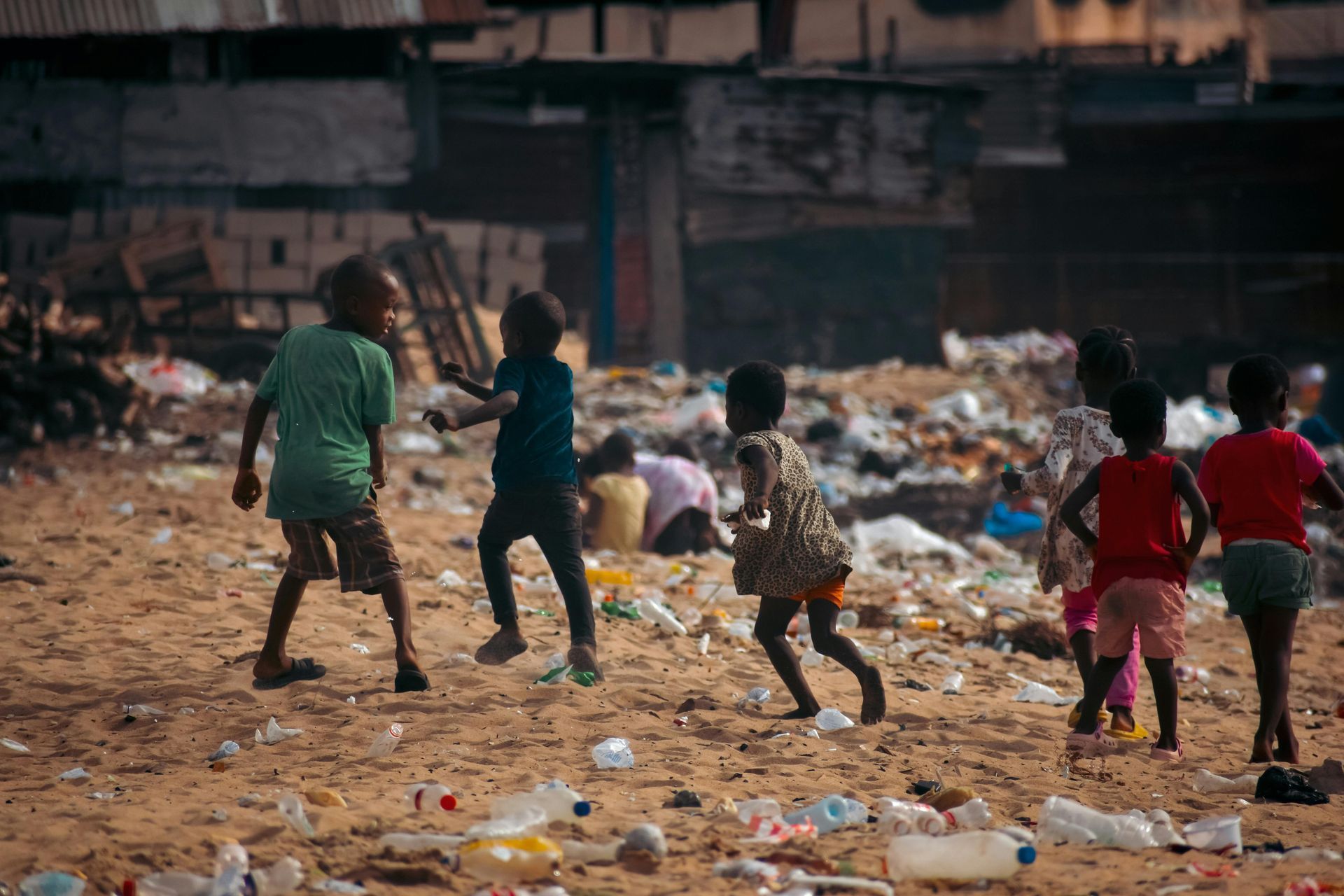The Global Continuum of Need
From Planetary Boundaries to Localized Solutions
A Strategic Landscape of Human-Centered Action
The global continuum of need is not a static crisis, but a strategic landscape defined by varying levels of risk and opportunity. We leverage our knowledge-intensive structure to identify our points of intervention and ensure our solutions are precisely tailored to the need at hand
Our Contextualized Deployment Strategy
We apply a strategic lens to our macro-to-micro framework to define the global continuum of need. Our Contextualized Deployment Strategy allows us to rigorously segment this continuum and deploy resources with precision. This strategic, phased approach ensures that our interventions are not just reactive, but are aligned with long-term planetary health and the specific aspirations and challenges of each community we serve. Through a rigorous, multi-dimensional, and interdisciplinary macro-environmental scan, we synthesize global and regional knowledge to inform our strategic inquiries and champion the cultural, economic, and human rights of the populations we serve. This is achieved by strategically positioning our operations across three distinct phases of need.
Proactive Fortification
In thriving regions, we proactively engage with vulnerable populations before a crisis hits. Our focus is on safeguarding communities and ecosystems facing issues like coastal erosion, ecosystem degradation, and increasing hurricane intensity. This approach is not reactive; it is a rights-based strategy that protects communities and their traditional ways of life before they reach a state of crisis.
Transformative Recovery
In areas profoundly affected by crisis, such as disaster- and conflict-impacted communities, our focus shifts to fostering transformative recovery. This involves a multi-faceted approach to rebuild both communities and economies, addressing the immediate and long-term consequences of natural disasters or armed conflict. We utilize our framework's deep understanding of this continuum to ensure our interventions are precisely tailored to the need at hand.
Prioritizing Protection
In regions threatened but still within safe planetary boundaries, we prioritize protection. This includes vulnerable human populations whose traditional ways of life—such as those of Indigenous peoples in the Arctic—are directly threatened by environmental shifts like melting ice. Our work in these areas is a proactive commitment to championing the cultural, economic, and human rights of the populations we serve.
To ensure our interventions are precisely tailored to the need at hand, we systematically categorize the world across two interconnected frameworks: a Geographic Regions Framework and a Natural Features & Ecological Regions Framework.
This allows us to define the global continuum of need not as a static crisis, but as a dynamic and interconnected system of varying vulnerabilities. Our knowledge-intensive structure helps us identify our points of intervention and ensures that our solutions are precisely tailored to the need at hand.
Geographic Regions Framework: Knowledge-Oriented & Evidence-Based Structure
This framework leverages advanced data integration, GIS, and UN Sustainable Development Goals (SDGs) to define, analyze, and manage global regions. It transforms our approach into a hub for data-driven insights and strategic action.
Natural Features & Ecological Regions Framework
This framework systematically categorizes global natural features and ecological regions, enabling a knowledge-oriented and evidence-based approach to understanding complex environmental and human challenges. It aligns with a macro-to-micro research methodology, integrating advanced scientific disciplines and cutting-edge analytical techniques.
Global Ecological & Planetary Boundary Analysis
The focus of this analysis is the comprehensive review of Earth's overarching ecological trends, planetary boundaries, and their cosmic context. This serves as the foundational macro-environmental scan.
Major Biomes & Eco-Regions
This area transitions from a global perspective to a more refined regional understanding, with specialized approaches within distinct biomes and ecoregions.
Localized Human-Ecological-Earth System Integration
This final component conducts in-depth, site-specific analysis of integrated human-ecological-earth systems. Its purpose is to co-create and test localized solutions and foster community-led innovation based on rigorous scientific and traditional knowledge.
Localized Human-Ecological-Earth System Integration
Micro-Level Localized Hubs are where we conduct in-depth, site-specific analysis of integrated human-ecological-earth systems. This level involves a community-led approach to understand the integrated human-ecological-geological systems of a specific place, enabling us to co-develop and prototype tangible, localized solutions. The purpose is to co-create and test localized solutions and foster community-led innovation based on rigorous scientific and traditional knowledge.
Our commitment to solving complex global challenges extends beyond direct intervention. We systematically capture all learning from our on-the-ground efforts and institutionalize this knowledge across the organization and with relevant external stakeholders. Our goal is to ensure that every project contributes to a growing body of evidence, best practices, and innovative methodologies. This is achieved through a rigorous process of Knowledge Capture and Knowledge Sharing & Institutionalization.
We codify best practices through formal reports, "After Action Reviews" (AARs), "lessons learned" workshops, and case studies. This process captures success stories as well as critical reflections on failures, ensuring a comprehensive understanding of our work
We disseminate this knowledge using internal knowledge portals, communities of practice, presentations, and external publications. Our commitment to knowledge management ensures that our findings are accessible, actionable, and ready to inform future interventions.






